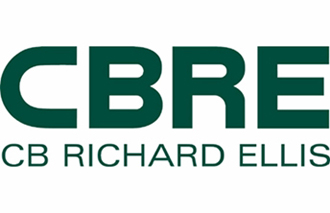As we approach year end, there is up to £5 billion of investment property being offered for sale in London City, with quite a few lot sizes of over £100 million on the market.
This has been exacerbated by KanAm’s recent decision to sell their entire Central London portfolio, which accounts for about £1 billion of this stock.
In contrast, there is a scarcity of prime product available in the West End of London. With economic prospects in the UK deteriorating, investors are primarily focussed on prime well-let office buildings in the West End and good retail properties on Oxford Street, Regent Street, Bond Street and Covent Garden.
The classification of prime has narrowed considerably in recent months. Although prime yields now appear to be stable, there is a growing nervousness about the stability of yields on secondary assets and in regional markets.
Irish investors remain net sellers of real estate assets in the UK. A car park owned by an Irish investor at Audley Street in Mayfair sold for a reported £150 million in recent weeks. Meanwhile, a receiver acting for an Irish bank has sold the French Connection store at 390-396 Oxford Street for approximately £86 million, reflecting a yield of 3.54%; an Irish-owned multi-let retail building at Sedley Place on Oxford Street in London was sold for £77 million, reflecting a yield of 4.27%; an Irish consortium have sold a buidling at Belgrave Road in Victoria for £55 million, reflecting a yield of less than 6.0% and an Irish investor has sold the Prada store on 16 Old Bond Street for £32 million for a yield of just over 3.1%.
There are a number of assets owned by Irish investors on the market at present including the former headquarters of Anglo Irish Bank at 8-10 Old Jewry, near the Bank of England in London, which is guiding £45 million, or a yield of 5.5%. This property is expected to sell due to the stong underlying demand for attractive lot sizes in prime locations.
Over the course of the next two months, CBRE expect more deals to close but the urgency to deploy cash and close deals before year-end that is generally typical in Q4, appears less evident this year.









